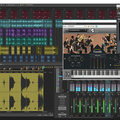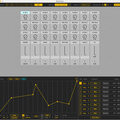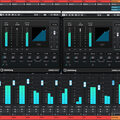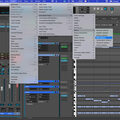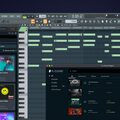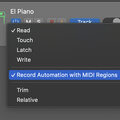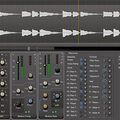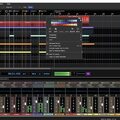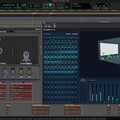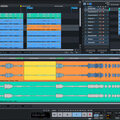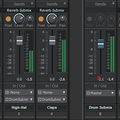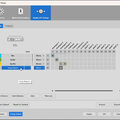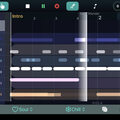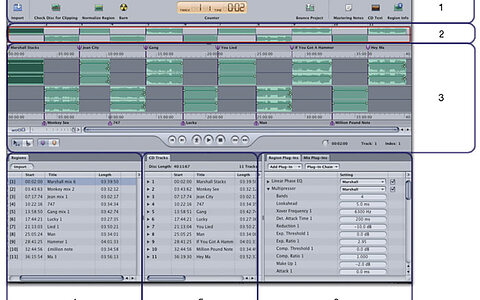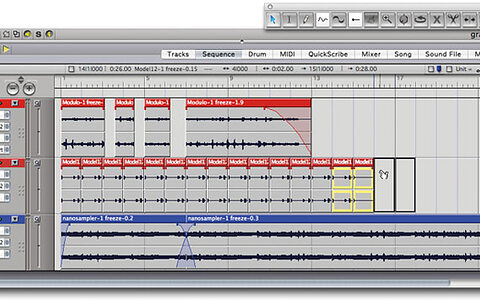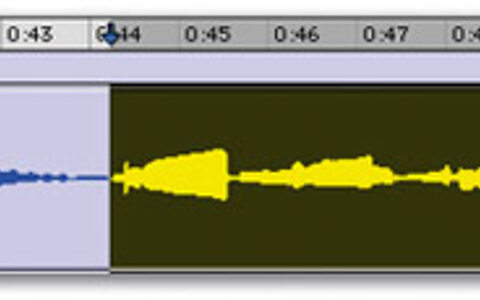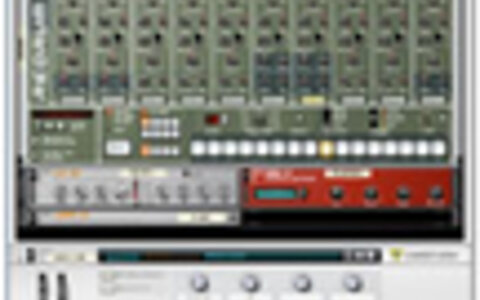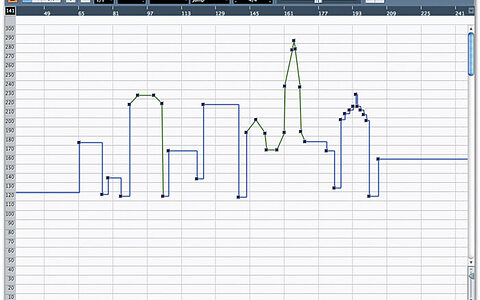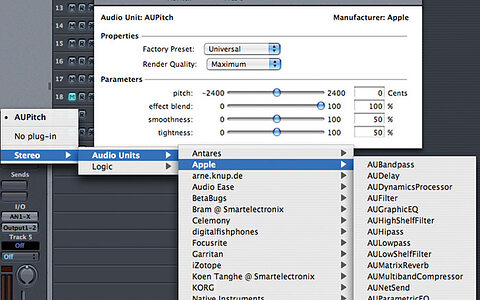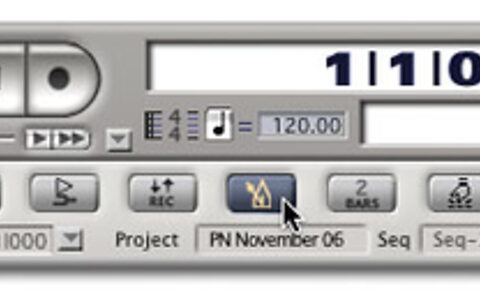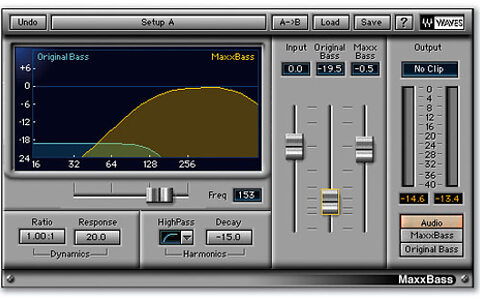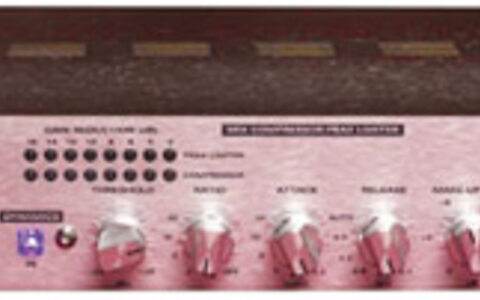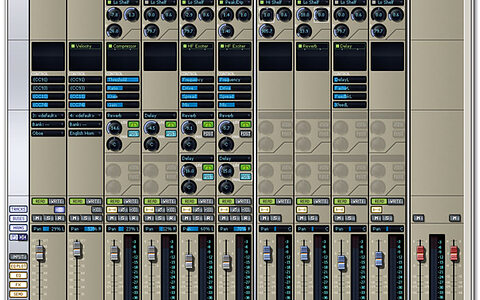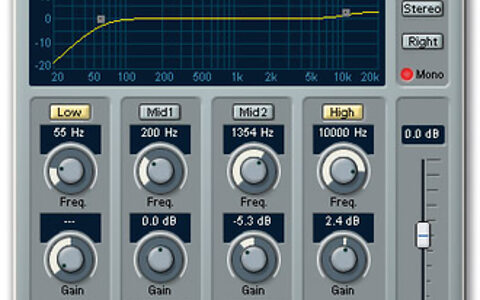You are here
DAW Software
- ACID Pro

ACID Pro
- Ableton Live

Ableton Live
- Bitwig

Bitwig
- Cubase

Cubase
- Digital Performer

Digital Performer
- FL Studio

FL Studio
- Logic

Logic
- Mixbus

Mixbus
- Mixcraft

Mixcraft
- Pro Tools

Pro Tools
- Reaper

Reaper
- Reason

Reason
- Samplitude

Samplitude
- Sonar / Cakewalk

Sonar / Cakewalk
- Studio One

Studio One
- DAW (Other)

DAW (Other)
A DAW, which stands for Digital Audio Workstation, is a software tool that enables users to capture, modify, and create audio content. It is utilised in various contexts such as music production, sound design, game audio, film and TV post-production, and podcasting.
Primary uses of a DAW
The primary purposes of contemporary Digital Audio Workstation software comprise:
Recording: All DAWs enable users to capture audio from different sources like microphones, instruments, and MIDI controllers using an Audio Interface connected to the computer.
Editing: DAWs enable users to cut, copy, paste, and rearrange sections of audio files. They also provide a range of tools for improving the quality of audio, including noise reduction, EQ, and compression.
Mixing: Digital Audio Workstations enable users to blend various audio tracks, modifying volumes, positioning, and adding effects to produce a unified end result.
Mastering: Digital Audio Workstations (DAWs) provide features like loudness normalisation and EQ adjustments to ensure the final audio meets industry standards.
Advantages of utilising a Digital Audio Workstation
Efficiency: DAWs enable users to efficiently record, edit, and produce audio with ease, cutting down on time and effort when compared to traditional analogue techniques.
Flexibility: DAWs offer a wide range of tools and features that allow users to customise their audio production process and achieve the desired results.
Collaboration: Numerous DAWs provide tools that enable users to work together and collaborate on projects from different locations, simplifying the process of collaborating on audio projects such as podcasts and song creation.
Portability: Digital Audio Workstations are compatible with different devices such as desktop computers (Mac/PC) , laptops and tablets, allowing users to work on audio projects conveniently from any location.
There are many popular software DAWs, some of which come built into the Operating System of your favourite computer, such as Apple GarageBand on Macs. Sound On Sound regularly covers all the top brands in its monthly DAW Masterclasses. From Steinberg Cubase and Avid Pro Tools, PreSonus Studio One and Apple Logic Pro, MOTU Digital Performer to Ableton Live, Reason Studios Reason and Cockos Reaper, you'll find how-to techniques and tips for all of these and other DAWs collected under the sections shown above.

